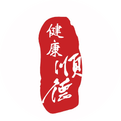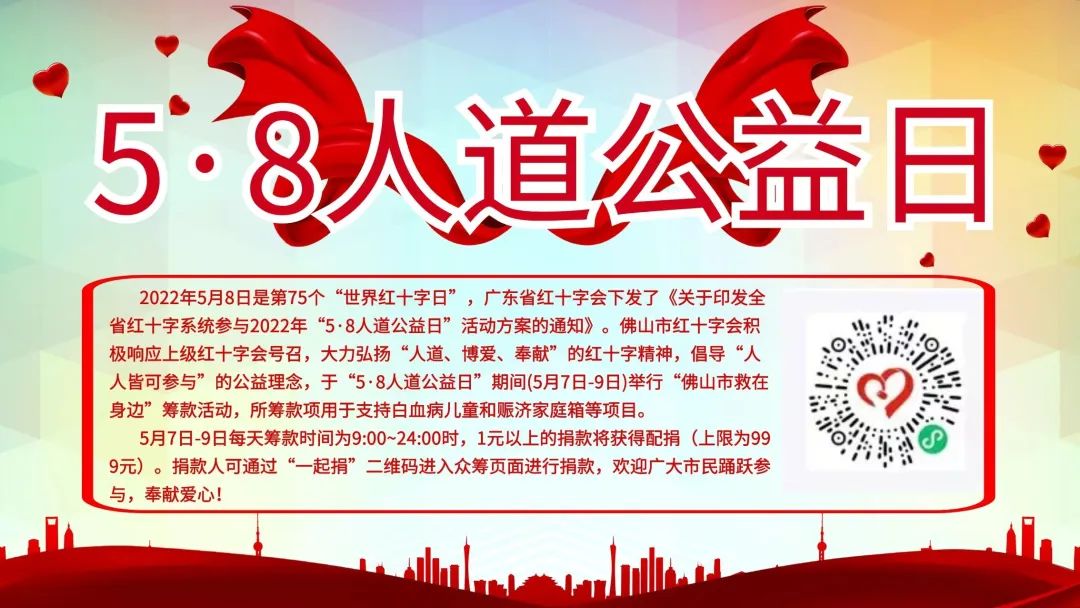
The recent temperature in Foshan seems to have taken a roller coaster ride,
with significant temperature differences between day and night,
making it easy to catch a cold if one is not careful.
If you unfortunately fall ill,
do you know what type of cold you have?
What are the differences between Wind-Cold and Wind-Heat colds,
and what are the different dietary recommendations for each?
Professor Huang Suiping, a renowned TCM physician in Guangdong Province and leader of the Gastroenterology Department at Guangdong Provincial Hospital of Traditional Chinese Medicine, reminds us that when dealing with a cold, it is essential to first distinguish whether it is Wind-Heat or Wind-Cold to provide appropriate care.
However, regardless of the type of cold, it is not advisable to overeat, as this can increase the burden on the digestive system and weaken the body’s righteous Qi.
Regarding the common concern of dietary restrictions, Professor Huang Suiping states that during a cold, most foods with a neutral nature can be consumed. One can assist in adjusting their diet by checking the thermal properties and therapeutic effects of foods.
In fact, many people worry about dietary restrictions during a cold and eat too lightly, which is not recommended, as the body still needs energy to combat the pathogens.

Self-Check for Wind-Cold and Wind-Heat
To distinguish the type of cold, one can refer to the following symptoms for a simple self-check:
Wind
Cold
Cold
Symptoms
-
Often occurs after exposure to wind and cold, more common in autumn and winter.
-
Clear nasal discharge, white or slightly yellow mucus.
-
Stuffy nose with a heavy sound, sneezing, worsens with cold, improves with warmth (such as in a heated room or drinking hot soup).
-
Throat discomfort, but symptoms of redness, swelling, and pain are mild.
-
Cough with phlegm, phlegm is white and thin.
-
General body aches or tightness in the head and neck, such as pain in the back of the head, with limited neck movement.
-
Mild fever, no sweating, sensitivity to cold and wind, feeling comfortable only when wearing many clothes or under a thick blanket.
-
Possible diarrhea, clear and frequent urination.
-
Light red or pale tongue, white coating.
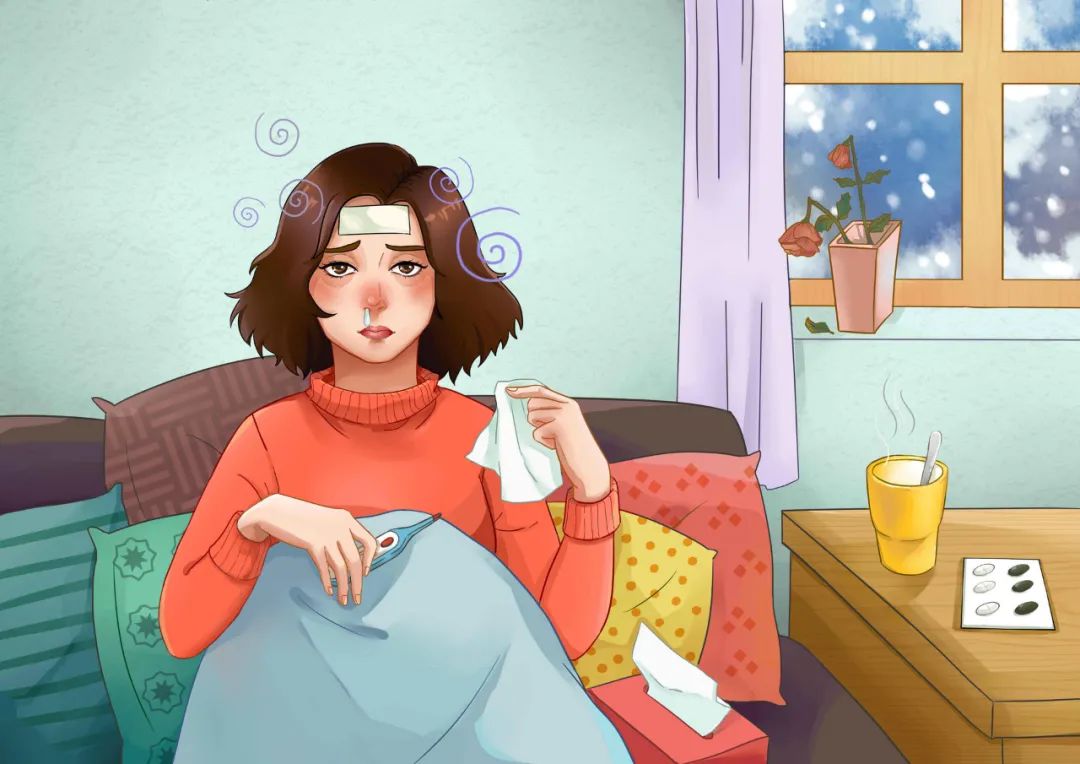
Wind
Heat
Cold
Symptoms
-
Often occurs after excessive nourishment or overheating in autumn and winter, such as overconsumption of spicy, fried, or hot pot foods, or prolonged exposure to heating.
-
Red, swollen, and painful throat.
-
Stuffy nose with yellow, thick nasal discharge, rough and hot breathing.
-
Cough with phlegm, phlegm is yellow and thick.
-
Irritability and thirst, preference for cold drinks.
-
Dizziness and unbearable pressure in the head.
-
Slight aversion to wind, significant fever, sweating.
-
Possible constipation, yellow and dark urine.
-
Red tongue, white or slightly yellow coating.
Dietary Recommendations for Wind-Cold Colds
Expel Wind and Disperse Cold to Warm Body and Mind
For Wind-Cold colds, whether in treatment or dietary therapy, the main principle is to expel Wind and disperse Cold. The saying goes, “treat Cold with Heat,” so it is advisable to consume more “warming” foods.
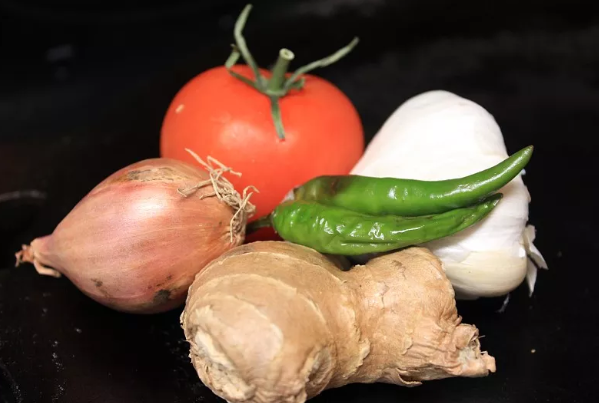
【Foods with Wind-Expelling and Cold-Dispelling Properties】
Ginger, scallions, garlic, perilla, coriander, Chinese toon, pepper, millet pepper, schizonepeta, onion, brown sugar, etc.
【Recommended Dietary Formulas】
Ginger egg flower brown sugar water, ginger scallion perilla lean meat soup, pepper pork stomach soup, Chinese toon fried eggs, coriander stir-fried onions, cold mixed schizonepeta, etc.
【Dietary Restrictions】
Avoid cold, raw, and frozen foods. Friends who love spicy food do not need to specifically avoid spicy foods.
Dietary Recommendations for Wind-Heat Colds
Release the Exterior and Clear Heat to Awaken the Spirit
For Wind-Heat colds, the focus is on releasing the exterior and dispersing heat. The saying goes, “treat Heat with Cold,” so it is advisable to consume more “cooling” foods.
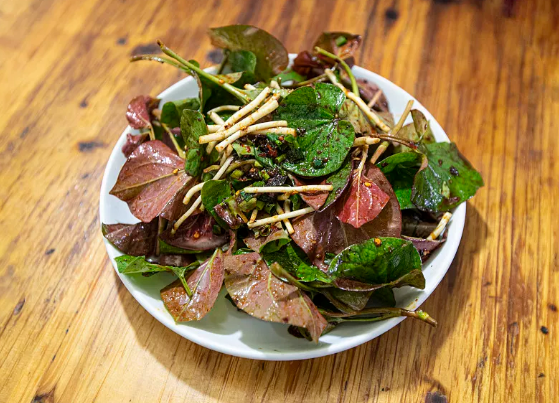
【Cooling Ingredients in Daily Life】
Peppermint, honeysuckle, chrysanthemum, mulberry leaves, mulberry sprouts, fish mint, white radish, water chestnut, snow pear, etc.
【Recommended Dietary Formulas】
Peppermint rock candy porridge, five-flower tea, mulberry leaf lean meat soup, cold mixed mulberry sprouts, chrysanthemum tea, cold mixed fish mint, sweet and sour radish, water chestnut cake, stewed snow pear, etc.
【Dietary Restrictions】
Avoid warming, spicy, stimulating, or fried foods. You can drink cold drinks with no sugar or less sugar according to your preference.
Source: Health Foshan, Foshan Health and Wellness
Previous Recommendations
Today, the headlines are for you!
Shunde’s “Medical Care Twelve Hours” will be released on May Day!
Foshan’s vaccination rate for people over 60 has reached 90%, with over 10.48 million people completing the full vaccination!
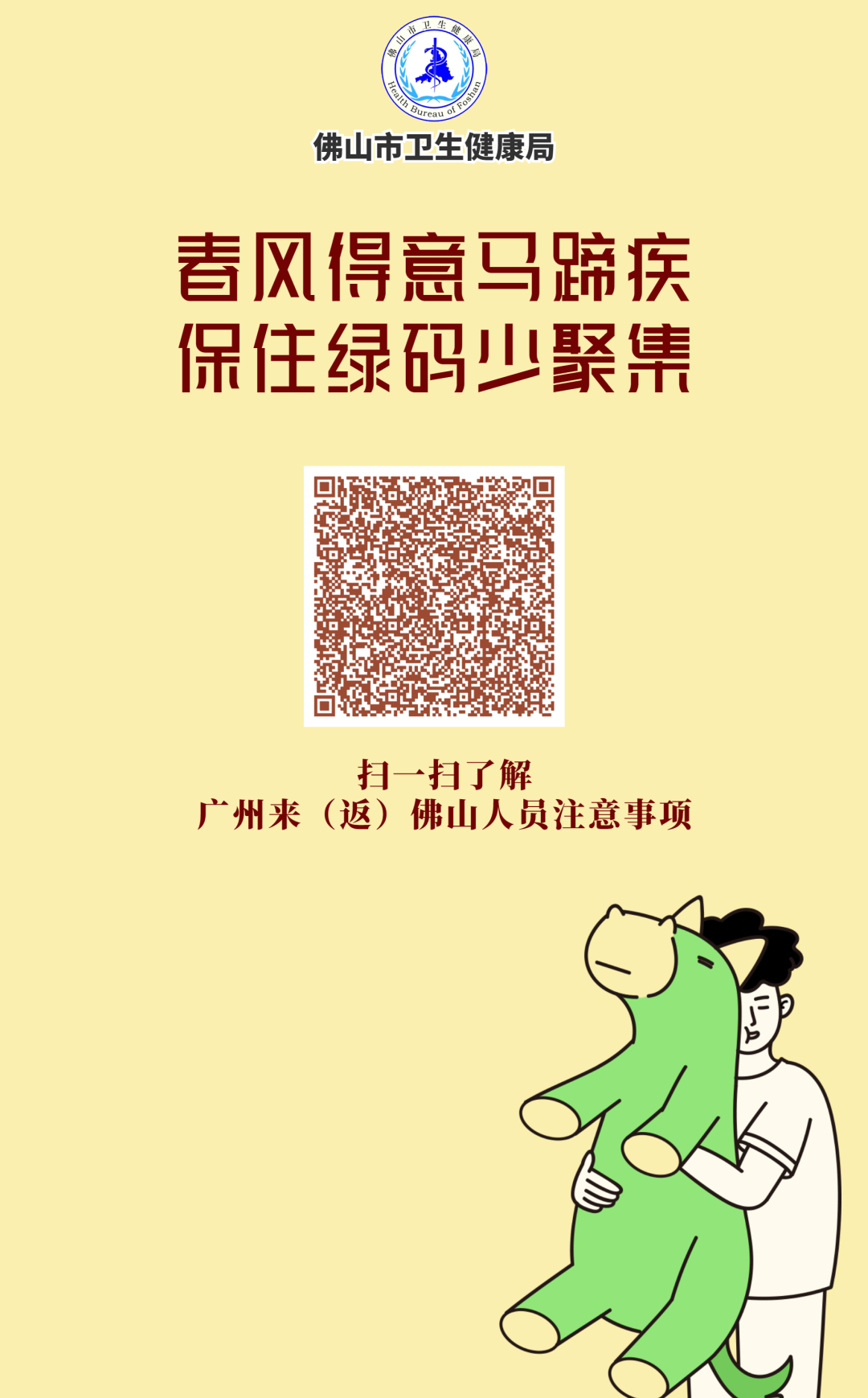
 Click for a Healthier You
Click for a Healthier You Beautiful People Are Watching
Beautiful People Are Watching

